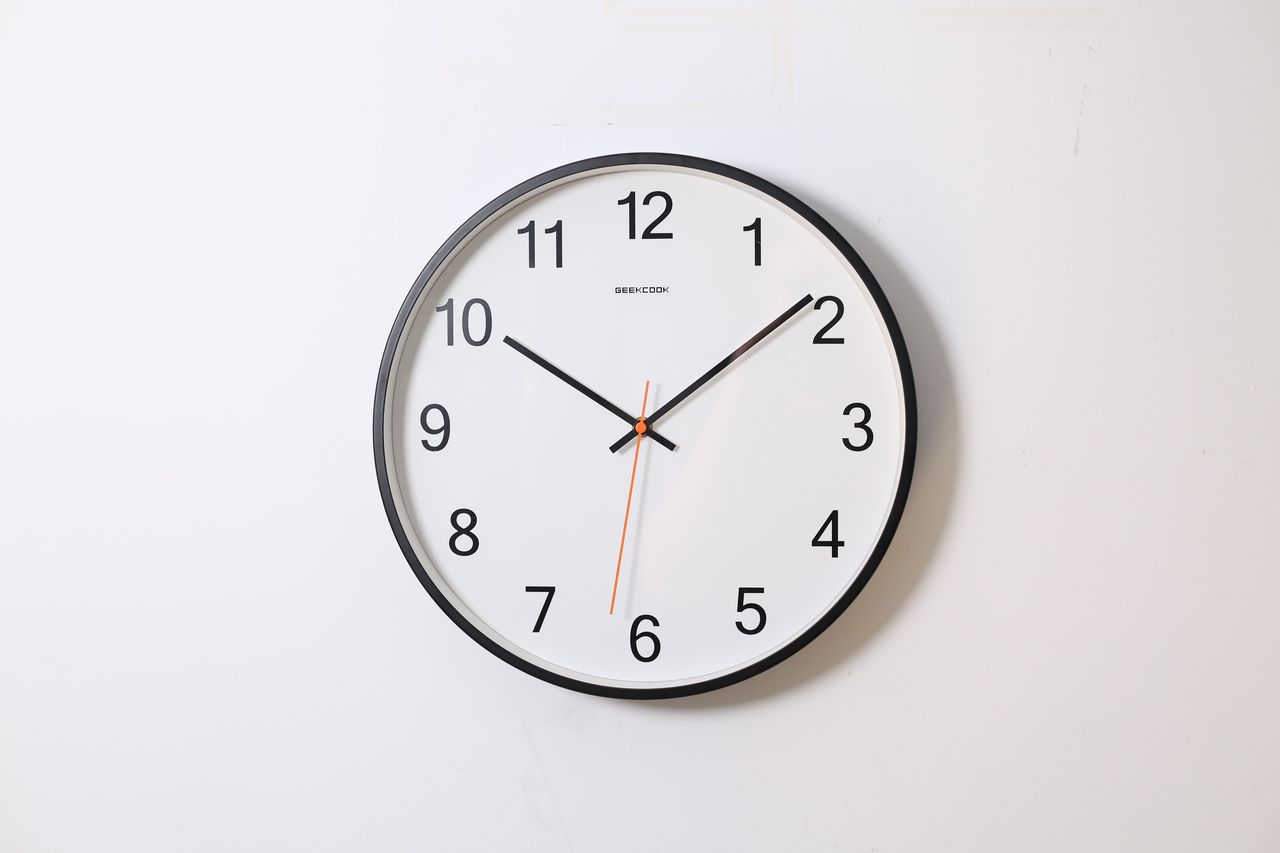Daylight Savings 2023: When does Daylight Saving Time end and clocks âfall backâ this year?
Pumpkin Spice Latte is back at Starbucks.
College football is on TV.
Halloween decorations are out in stores.
What’s next? How about a time change?
The end of daylight saving time is about 10 weeks away. It officially ends at 2 a.m. on Sunday, Nov. 5, 2023 when clocks “fall back” one hour and we move more daylight into the morning hours for what’s known as “standard time.”
The amount of daylight will continue to decrease each day until Dec. 21 when the winter solstice arrives and the amount of daylight shifts again.
We will be living with dark afternoons until March 10, 2024 when DST starts again. It will end on Nov. 3, 2024.
Under federal law, DST begins on the second Sunday in March and runs through the first Sunday in November. It’s not observed everywhere, however. Parts of Arizona, Hawaii and some U.S. territories, including Puerto Rico, American Samoa, Guam and the U.S. Virgin Islands do not observe DST.
According to the Farmer’s Almanac, DST was inspired by Benjamin Franklin’s “An Economical Project,” a satirical piece written in 1784.
“It was whimsical in tone, advocating laws to compel citizens to rise at the crack of dawn to save the expense of candlelight,” the Almanac explained.
In the letter to the editors of a Paris newspaper, Franklin joked that all Parisians whose windows were closed after sunrise should be taxed. His proposal, he said, would “encourage the economy of using sunshine instead of candles.”
A more serious take on DST picked up steam during World War I when Germans adopted similar measures to help with the war effort. The U.S. soon followed but repealed the law after the war ended only to see it reestablished by Congress during World War II due to energy consumption.
The time change became law in 1966 when President Lyndon Johnson signed the Uniform Time Act, establishing the start and end times within standard time zones. The policy, regulated by the Department of Transportation, aims to save energy, reduce traffic fatalities, and reduce crime.
In 1973, President Richard Nixon signed into law the Emergency Daylight Saving Time Energy Conservation Act that made DST permanent in the U.S. In 2005, the Uniform Time Act tweaked that schedule by setting the start of DST to the second Sunday of March and the end on the first Sunday of November, lengthening the duration of DST.
